Government Initiatives and Funding
Government initiatives aimed at improving healthcare infrastructure in the GCC are significantly impacting the facial paralysis market. Increased funding for neurological research and rehabilitation programs is evident, with several countries in the region allocating substantial budgets to enhance healthcare services. For instance, the UAE government has invested over $1 billion in healthcare advancements, which includes initiatives focused on neurological disorders. Such investments are likely to foster innovation and accessibility in treatment options for facial paralysis. Additionally, public health campaigns aimed at raising awareness about neurological conditions are expected to further drive demand for facial paralysis treatments. As these initiatives unfold, the facial paralysis market stands to benefit from enhanced resources and improved patient care pathways.
Growing Demand for Aesthetic Procedures
The rising interest in aesthetic procedures among the population in the GCC is emerging as a significant driver for the facial paralysis market. Many individuals seek treatments to address facial asymmetry or restore facial aesthetics following paralysis. The market for aesthetic procedures is projected to grow at a CAGR of around 10% in the region, reflecting a shift in consumer preferences towards cosmetic enhancements. This trend is particularly pronounced among younger demographics, who are increasingly aware of the options available for facial rejuvenation. As a result, the facial paralysis market is likely to see a surge in demand for both therapeutic and aesthetic interventions, creating a dual market dynamic that benefits patients seeking comprehensive care.
Rising Incidence of Neurological Disorders
The increasing prevalence of neurological disorders in the GCC region is a notable driver for the facial paralysis market. Conditions such as stroke, Bell's palsy, and traumatic injuries contribute significantly to the rise in facial paralysis cases. According to health statistics, the incidence of stroke in the GCC has been reported to be around 30-40 per 100,000 individuals annually. This growing patient population necessitates advanced treatment options and rehabilitation services, thereby propelling the facial paralysis market forward. Furthermore, the aging population in the region is likely to exacerbate this trend, as older adults are more susceptible to neurological conditions. As healthcare systems adapt to these challenges, investments in innovative therapies and technologies are expected to increase, further stimulating the facial paralysis market.
Advancements in Rehabilitation Technologies
Technological innovations in rehabilitation are transforming the landscape of the facial paralysis market. The introduction of advanced therapeutic devices, such as electrical stimulation units and robotic-assisted rehabilitation systems, enhances recovery outcomes for patients. In the GCC, the market for rehabilitation technologies is projected to grow at a CAGR of approximately 8% over the next five years. These advancements not only improve the efficacy of treatment but also increase patient engagement and adherence to rehabilitation protocols. Moreover, the integration of telehealth services allows for remote monitoring and support, which is particularly beneficial in the GCC's diverse geographical landscape. As healthcare providers increasingly adopt these technologies, the facial paralysis market is likely to experience substantial growth, driven by improved patient outcomes and satisfaction.
Increased Collaboration Among Healthcare Providers
The trend of increased collaboration among healthcare providers in the GCC is positively influencing the facial paralysis market. Multidisciplinary approaches to treatment, involving neurologists, physiotherapists, and speech therapists, are becoming more common. This collaborative model enhances the quality of care for patients suffering from facial paralysis, as it allows for comprehensive treatment plans tailored to individual needs. Research indicates that integrated care models can improve recovery rates by up to 25%. As healthcare systems in the GCC continue to evolve, the emphasis on teamwork and shared expertise is likely to drive advancements in treatment protocols. Consequently, the facial paralysis market is expected to benefit from improved patient outcomes and a more holistic approach to care.


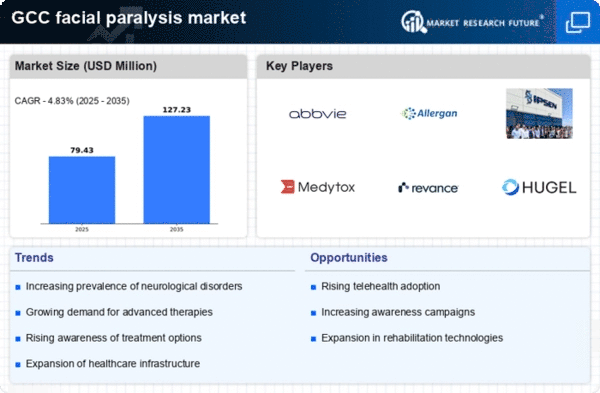
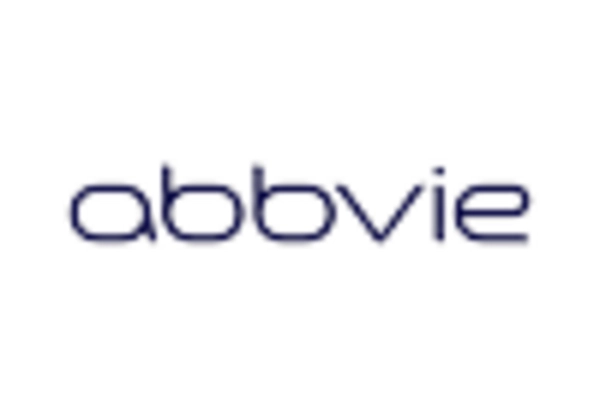
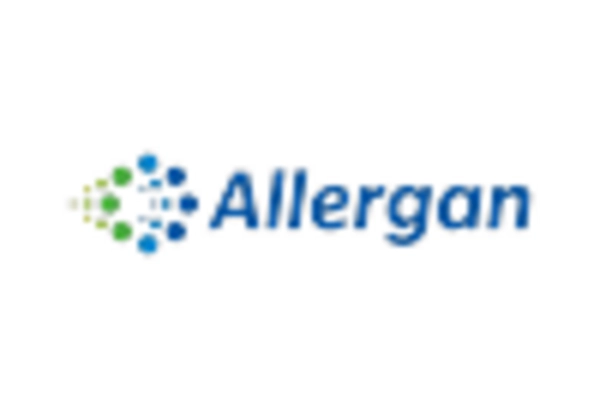
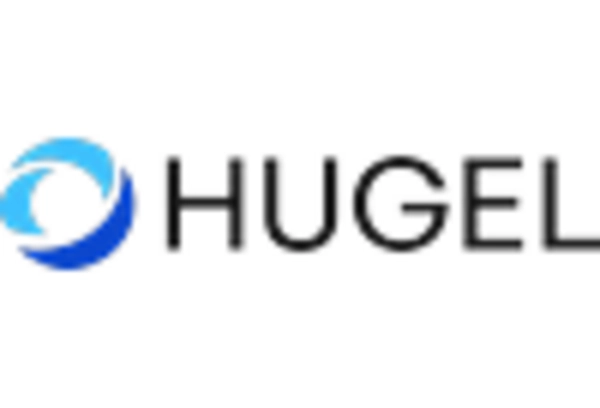
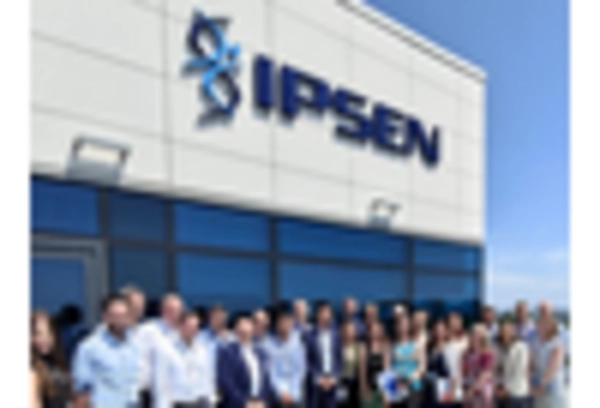
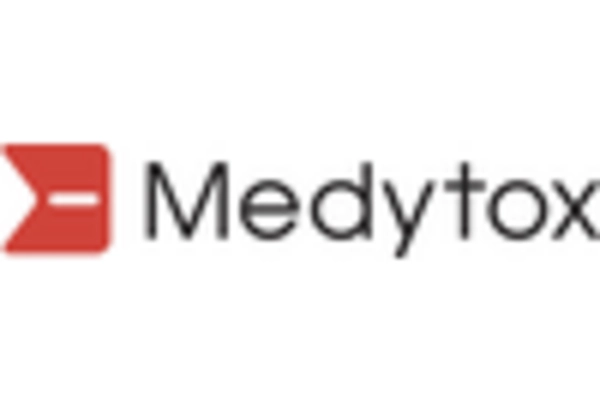
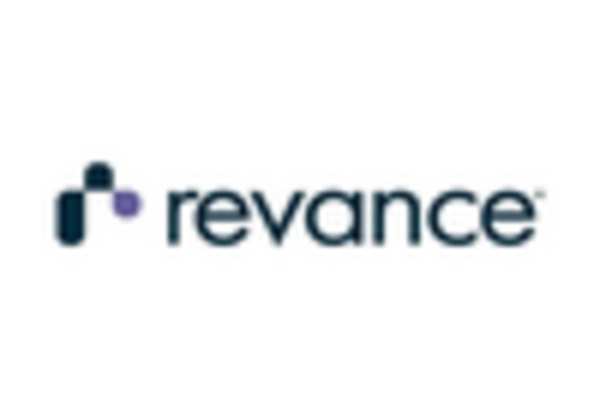








Leave a Comment